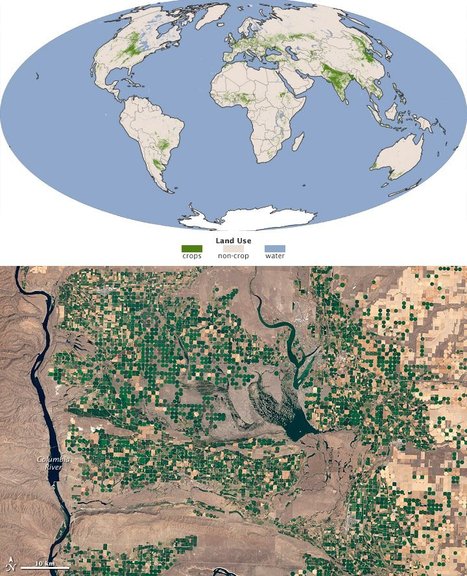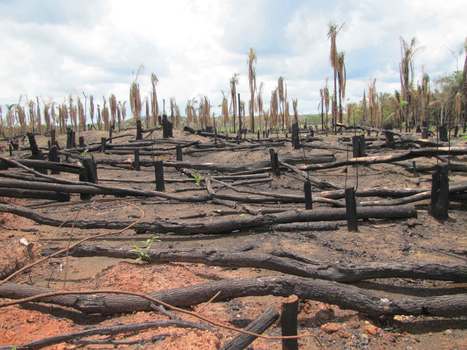"Roughly 66.3 million pairs of shoes are produced every day and this takes a heavy toll on the planet, on animals and the workers producing them. Tansy Hoskins, author of Foot Work: What Your Shoes Are Doing to The World, shares eye-opening truths about the reality behind the shoes we wear ..."
Via Leona Ungerer



 Your new post is loading...
Your new post is loading...






















